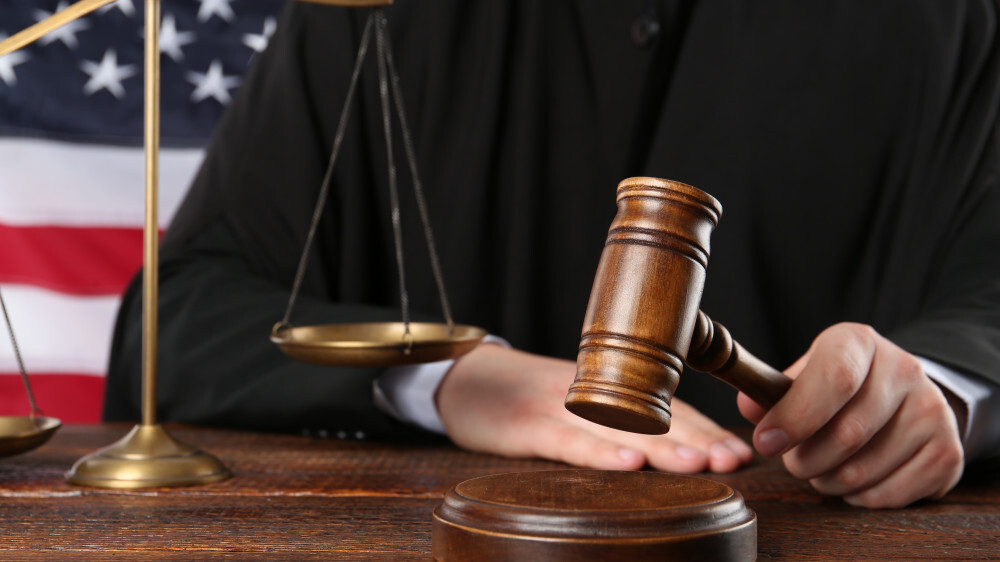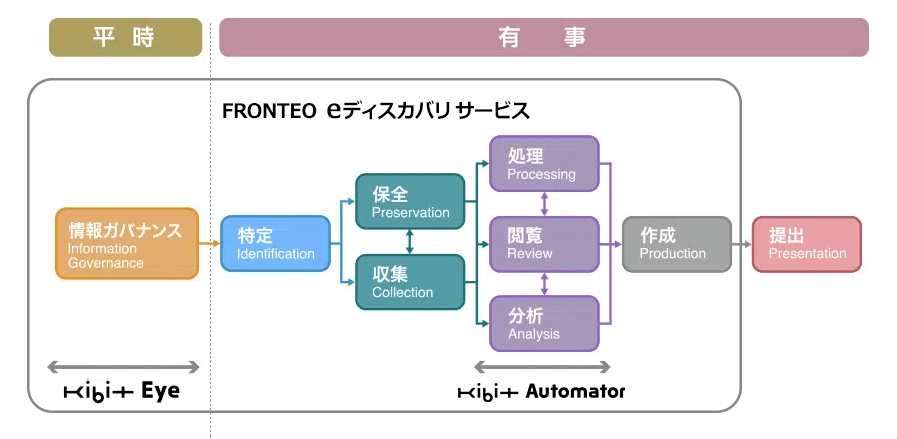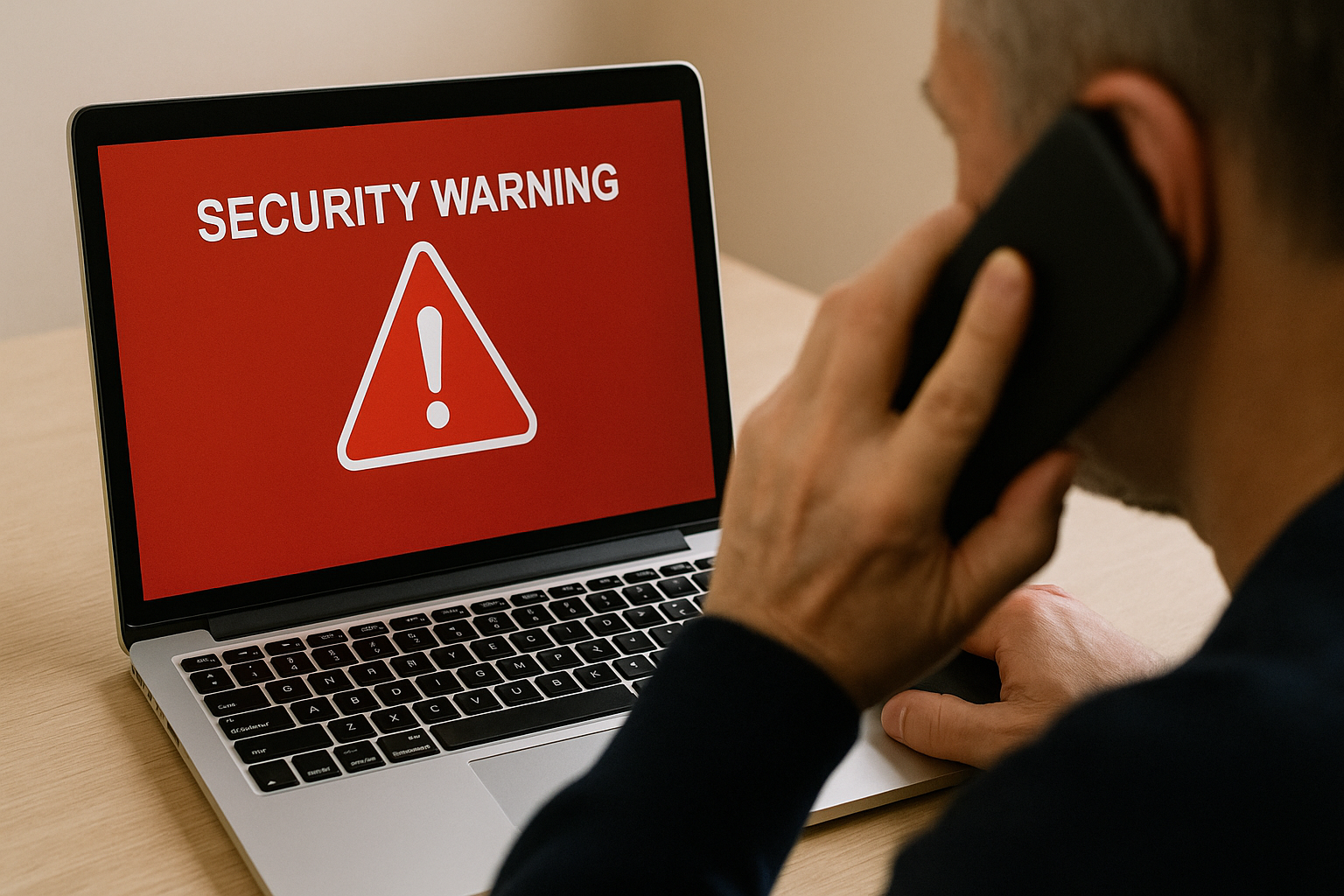Japanese companies doing business globally must be prepared for the risk of U.S. lawsuits. In the U.S., where lawsuits occur frequently, it is not a matter of concern to anyone, and a company could find itself in a situation where it is forced to pay a huge amount of compensation while panicking about an unfamiliar lawsuit. ...... This section introduces the legal system and the flow of lawsuits, which are different from those in Japan, as well as preparation for lawsuits in the U.S. and specific procedures to follow.

What factors of U.S. lawsuits pose a risk to Japanese companies?
The first thing you need to know is the possibility and risk of U.S. lawsuits for Japanese companies, and the factors that contribute to such lawsuits. The following are examples of the main factors that lead to lawsuits in the U.S.
Class action lawsuits, in which Japanese companies are jointly sued for defects, accidents, or deficiencies related to products they sell in the U.S. market. International cartel violations, in which legal sanctions are imposed for market monopolies and violations of the principles of legitimate competition. In addition, there is the possibility of "intellectual property infringement lawsuits" in which a company is alleged to have infringed on intellectual property rights such as patents, trademarks, and copyrights in the U.S., including technologies and products, and "environmental lawsuits" filed by environmental groups and local residents when environmental pollution or environmental regulations are alleged to have been violated.
Differences between Japanese and U.S. lawsuits and the flow of U.S. lawsuits
Lawsuits in the U.S. differ greatly from those in Japan. This presentation will explain the differences between Japan and the U.S. by introducing the flow of civil lawsuits in the U.S.
Differences between the Japanese and U.S. Civil Litigation Systems
There are several important differences between the Japanese and U.S. civil litigation systems. The major differences are
- The "discovery" system
- Jury system
- Damages
- Class action lawsuits
and more.
An unavoidable part of litigation in the U.S. is discovery, a process that involves the submission of evidence. In the U.S., the process begins with a request for discovery from the opposing party and the party obtaining evidence from the opposing party and third parties. In the Japanese civil litigation system, judges generally render all judgments, but in the U.S., there is a "jury system" in which a jury determines whether or not compensation is warranted.
The U.S. litigation process tends to be complex, time-consuming, and protracted, and the amount of damages is often huge in the U.S., in contrast to Japan's relatively modest civil lawsuits. As mentioned above, it is not uncommon for a large number of victims to file a class action lawsuit when they share the same damages.
Flow of U.S. Civil Lawsuits
The flow of civil lawsuits in the U.S. may vary depending on state and federal laws, but here is a brief explanation of some common examples.
A civil lawsuit begins when the victim (plaintiff) files a lawsuit with the court. The court notifies the defendant of the complaint. The defendant responds with an answer, including a rebuttal. From here, the parties start preparing for the lawsuit. The parties prepare for trial by disclosing and collecting evidence, picking up witnesses, and so on. If the parties reach an agreement during the lawsuit, a settlement is reached. If no settlement is reached, a trial is held, and after the trial, the judge renders a judgment.

What is "discovery," a litigation procedure unique to the U.S.?
Discovery" is a procedure unique to U.S. litigation. It is a procedure that is considered important in the U.S., but it is difficult to counter and poses a major challenge to Japanese companies that are at risk of U.S. lawsuits.
Discovery is a pre-trial discovery procedure.
Discovery" is a procedure for the exchange of evidence and information in U.S. litigation in the United States. It involves the disclosure of relevant information and materials to the opposing party, requests for disclosure, and the recording of testimony.
Provides the other party with documents and records that may be used as evidence for trial. Discovery is considered an important element in the fair and efficient conduct of litigation through mutual disclosure of evidence and pursuit of the truth.
It is extremely time-consuming and costly, and the potential for huge damages for inadequate measures.
Discovery is said to be so costly that in some cases it can account for the majority of legal fees. In some cases, the parties have had no choice but to accept a settlement on unfavorable terms. Discovery is therefore an important step and is said to be the key to winning or losing a U.S. lawsuit.
e-Discovery," a request for discovery of electronic data
Since many documents are now created and stored in electronic form, it has become necessary to treat electronic data as evidence in litigation. The Federal Rules of Civil Procedure were amended in 2006 to provide for discovery of electronic data in the form of "e-discovery," which has resulted in a massive amount of electronic data and has increased the workload and costs. The workload and costs are increasing.
Electronic data covers all data agreed to be submitted, including e-mails, text files, various internal documents, message chats, spreadsheets, image data, and website content. Data subject to submission is preserved so that it is not tampered with or destroyed. Gathering the data deemed necessary from among them and converting it to the agreed format. A review and analysis will be required to find the text agreed to be submitted.
EDRM" workflow for e-discovery implementation
EDRM stands for "The Electronic Discovery Reference Model. Let's delve into "EDRM" next.
What is EDRM?
EDRM is a workflow widely used in the United States that describes the general procedures and tasks involved in conducting e-discovery. Although the specific tasks vary from case to case, it is an important framework for conducting e-discovery accurately and efficiently. It is a global standard work indicator, but it requires a vast amount of knowledge and processes.
EDRM Process and Workflow
EDRM, which is a wide range of work from IT to legal, starts with "information control. Whether or not data is classified and stored in the right place and under control greatly affects the actual e-discovery process.
The scope of data to be subject to e-discovery is identified from among the controlled information, and specific data is collected while preserving it from being destroyed or otherwise compromised. The collected data is sifted by removing duplicate data. After removing irrelevant data and narrowing it down to data that may be subject to disclosure, the attorney in charge makes a final determination as to whether or not the data should be disclosed and submits it in a specified format.
The cost of e-discovery research and preparation is enormous.
As this process shows, e-discovery involves a great deal of work and expertise. It is a very costly process, including the preparation stage, but it is a critical step in the U.S. litigation process that cannot be avoided.
Preparation for U.S. Litigation Risks is Important
Even for Japanese companies that are unlikely to be sued in the U.S. at this stage, it is important to be prepared so as not to panic in the event of an emergency. Here are some tips on how to avoid the risk of U.S. lawsuits.
Managing Emails with Discovery in Mind
The key to preparing for litigation risk is to do so with discovery in mind. Emails, which are particularly important for e-discovery, have a strong corporate culture in Japan of being left undeleted for long periods of time. The processing of a huge volume of e-mails can cause litigation costs to skyrocket and present evidence in favor of the opposing party. Nevertheless, if a company deletes e-mails that could serve as evidence after the obligation to preserve documents arises, it will be severely sanctioned as a violation, so it is necessary to be prepared to manage e-mails thoroughly on a daily basis.
Establish a relationship with an attorney who is familiar with U.S. litigation.
The quality of your attorney will have a significant impact on the outcome of your case, not only in U.S. litigation. It is important to have a defense team with an accurate understanding of the differences between the Japanese and U.S. legal systems and know-how. In addition to being prepared for risk, you need to build a relationship that will allow you to receive prompt support when a complaint is filed. This is because a late start to litigation can easily put you at a disadvantage.
Consult a service vendor with e-discovery know-how in advance.
In order to mitigate risks in the U.S., where lawsuits frequently occur, it is essential to prepare in advance by simulating the possibilities before the complaint arrives. In addition to the fact that Japanese companies lack knowledge of discovery compared to U.S. companies, unfamiliarity with U.S. litigation can lead to initial delays. It is wise to consult with a service vendor that has an appropriate solution in place.
For U.S. litigation preparedness, "FRONTEO" has extensive experience in AI-based e-discovery.

A shortcut to preparing for litigation in the U.S. is to use a vendor with expertise in e-discovery. FRONTEO is a pioneer in e-discovery in Asia, having handled more than 8,500 discovery cases, and has developed its own AI engine, KIBIT, to provide one-stop services from data identification to review and production, reducing e-discovery costs and time and helping many companies. KIBIT" is a highly accurate and reliable AI engine that can be used to identify, review, and prepare data. KIBIT" can be implemented quickly because of its high accuracy and light computational processing, and can be flexibly customized for each company's unique system and special data.
In e-discovery, which is the heart of U.S. litigation, a quick and accurate response can minimize damage to the company. Litigation preparedness is a necessary up-front investment to avoid incurring huge damages in the event that the case goes against your company.
In today's globalized world, lawsuits in the U.S. are no longer an issue for Japanese companies. Why not take advantage of FRONTEO's support services and start preparing for the risks?
